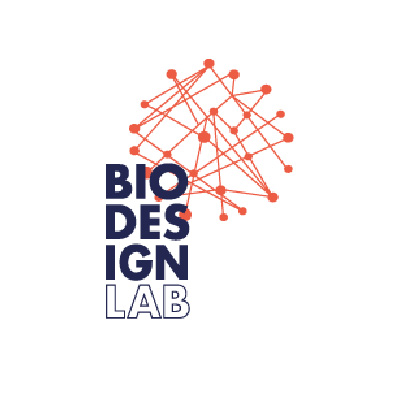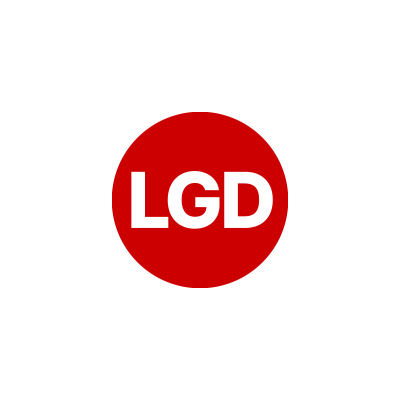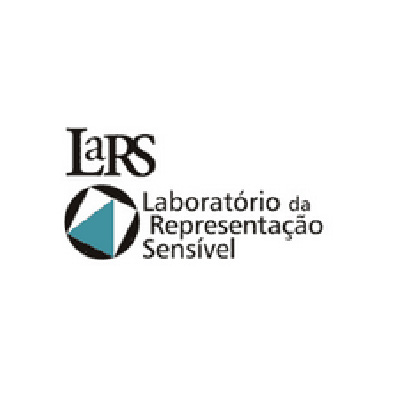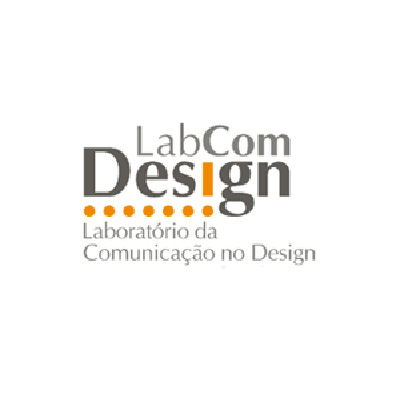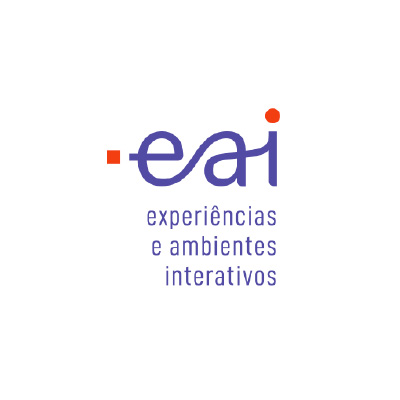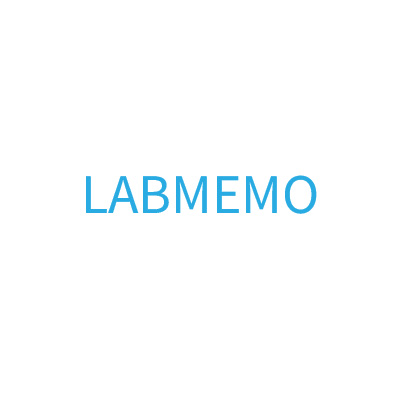Overview
The Graduate Program in Design at PUC-Rio, since its foundation, is responsible for design research in Brazil consolidation.
The Master Program began in 1994 and had more than 20 years and 350 research dissertations approved. Is the first one in Brazil and Latin America.
The Doctoral Program in Design, began in 2003, and completing more than 130 thesis published.
The investment in the preparation of these graduation students researchers and high capacity professionals, besides the great importance in Design area, is indispensable for the institution of a competent and habilitated critic mass. In this way, is possible to fundament, systematize and discuss, among other aspects, the body of knowledge, the methodology, the actuation modes and the results of Design Studies.
Objectives
- Provide researchers, concurring for human resources formation in Design area, aiming the technological scientific and cultural development in Brazil.
- Afford an interdisciplinary and broad experience for all students, according to their needs for each research.
- Enable and coach researchers and professionals interested in increasing their potential in the generation, diffusion, and optimization of aesthetic and technological knowledge related to consumer products and services processes.
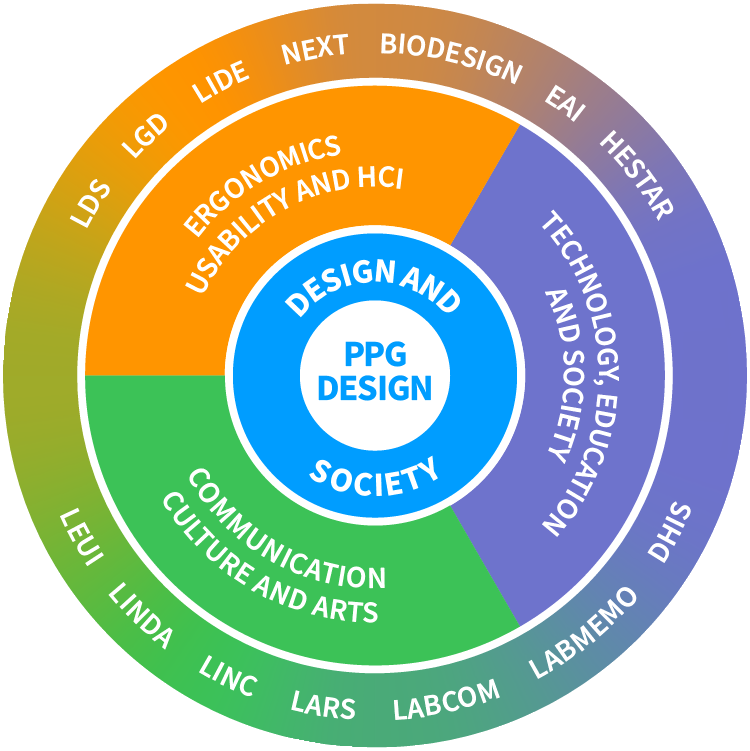
Concentration Area
The Design and Society concentration area includes studies about distinct aspects and interfaces of Design and its relationship with Technology, Arts, and Human and Social Sciences. The primary intention is to highlight the influence of designers on culture, society, and the environment, tied together by the investigation of its relation with users and the productive process.
This concentration area covers a specific field that constitutes the central reference for studies and research development.
Research Labs
The PPG Design Graduate Program is supported by 14 research labs where senior academics and students undertake research projects in many investigation areas.
Research Lines
Communication, Culture and Arts
The Communication, Culture and Arts Research Line is centered on the critical analysis of objects and language that were generated by technological and artistic media. It seeks to comprehend the materiality and visibility of these objects’ semiotic, aesthetic, educational, historical, sociological, and morphological qualities, as well as the subjective aspects involved. Communication, Culture and Arts emphasizes the interdisciplinary aspects of Design as a fundament for Design praxis. This research line has the following labs:
- LINDA – Interdisciplinar Laboratory in Nature, Design & Art
- LARS – Laboratory of Sensitive Representation
- LabCom – Laboratory of Communication in Design
- LABMEMO – Laboratory of Design Memory and Emotion
- Dhis – Laboratory of Storytelling Design
- LINC – Lab of Language, Interaction and Construction of Senses
Technology, Education and Society
The Technology, Education and Society Research Line has the primary goal of studying distinct relationships within Design and Technology and Design and Education, focusing on Society and the Environment. The research labs include both under-graduate and graduate students, as well as professionals and researchers in Design. This research line has the following labs:
- LAE – Laboratory of Electronic Art
- LILD – Laboratory for Investigation in Living Design
- LDS – Laboratory of Socio-environmental Design
- LGD – Laboratory of Design Management
- LIDE – Interdisciplinary Laboratory of Design Education
- NEXT – 3D Experimentation Lab
- EAI – Interactive Environments and Experiences
- BIODESIGN Lab
Ergonomics, Usability and HCI
Ergonomics, Human Factors and Usability, and, Human-Computer Interaction works with new methods and techniques, emphasizing human communication within systems. The research line considers the tasks performed through human-machine interaction, seeking to analyze consumer products, digital or traditional information, envi.ronmental influences, and transport systems. Here we can highlight that, when considering users, it is important to observe their individual, cultural, and instructional diversity, including those with special needs, like children and elders. This research line has currently one lab:
- LEUI – Laboratory of Ergodesign and Usability of Interfaces
Researches
José Luiz Mendes Ripper
Professor Emeritus
Technology, Education and Society
Laboratory for Investigation in Living Design
CVLattes
Luiz Antonio Coelho, D.Sc.
Professor Emeritus
Communication, Culture and Arts
Laboratory of Communication in Design
CVLattes
Carlos Eduardo Felix da Costa
Technology, Education and Society
LINDA – Interdisciplinar Laboratory in Nature, Design & Art
CVLattes
Claudia Mont’Alvão, D.Sc.
Ergonomics, Usability and HCI
Laboratory of Ergodesign and Usability of Interfaces
CVLattes
Claudio Magalhães, D.Sc.
Technology, Education and Society
NEXT – 3D Experimentation Lab
CVLattes
Denise Berruezo Portinari, D.Sc.
Communication, Culture and Arts
Laboratory of Sensitive Representation
CVLattes
Jackeline Lima Farbiarz, D.Sc.
Communication, Culture and Arts
Lab of Language, Interaction and Construction of senses
CVLattes
Jorge Roberto L. Santos, D.Sc.
Technology, Education and Society
Biodesign Lab
CVLattes
Luiza Novaes, D.Sc.
Technology, Education and Society
Interdisciplinary Laboratory of Design Education
CVLattes
Manuela Rupp Quaresma, D.Sc.
Ergonomics, Usability and HCI
Laboratory of Ergodesign and Usability of Interfaces
CVLattes
Nilton Gamba Junior, D.Sc.
Communication, Culture and Arts
Laboratory of Storytelling Design
CVLattes
Rita Maria de Souza Couto, D.Sc.
Technology, Education and Society
Interdisciplinary Laboratory of Design Education
CVLattes
Rejane Spitz, D.Sc.
Technology, Education and Society
Laboratory of Electronic Art
CVLattes
Vera Damazio, D.Sc.
Communication, Culture and Arts
Laboratory of Design Memory and Emotion
CVLattes
Vera Lucia Nojima, D.Sc.
Communication, Culture and Arts
Laboratory of Communication in Design
CVLattes
Application
Applications are annual and usually received at the beginning of the second semester (July/August), and the course begins in the following year (March).
First Phase (Elimination Stage)
At this time some materials must be submitted, such as an Undergraduate Certificate, Curriculum Vitae/Resume, etc.
Second Phase (Classification Stage)
Writing test in English and some additional printed documents
Candidates must present a research proposal, statement of background and goals, two letters of recommendation, and a copy of their Master’s dissertation (for Doctorate candidates).
Writing Test in Portuguese (Classification Stage)
Candidates can be exempted from this test if they present the CELPE-Bras certificate level “Intermediário Superior”. If the candidate fails the test, they may retake it two more times during the course.
Evaluation of the Research Proposal, Statement of Background and Goals, and Curriculum Vitae/Resume (classification stage).
Third phase (Classification and Elimination Stage)
Interview with a board of professors from PPGDesign PUC-Rio.
For more information, please contact:
Profª. Luiza Novaes
PPG Design Coordinator
ppgdesign@puc-rio.br
Tel: (+55 21) 3527-1596


